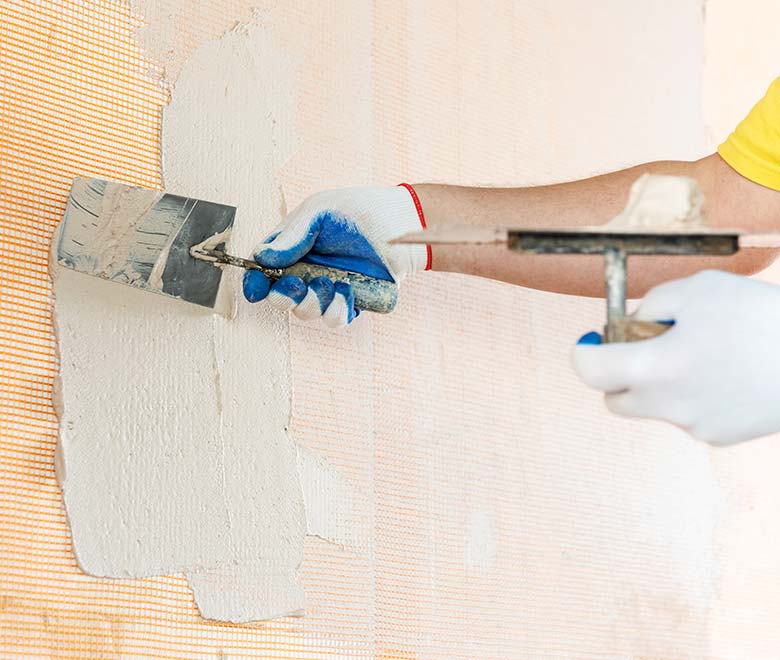

Use a spray bottle and damp sponge to clean the dust off the plaster and prepare the surfaces for infilling with 1) a setting-type compound such as Durabond or 2) plaster such as gauging or plaster-of-Paris.ĭurabond is a setting joint compound with plasterlike qualities, a built-in bonding agent, and a range of available setting rates-45 or 90 minutes are most common. Next, vacuum out the crack, then carefully remove additional debris and dust with a small hand broom or paintbrush.

If the plaster around this area is delaminated, you can complete any reattachment at this point. You will also be minimizing the amount of debris that you might push into the lath and behind the plaster, causing more damage. This angle will give your infill material maximum bonding surface without sacrificing too much plaster around the crack. You want to open up the V-notch so that it is approximately 1/4″ to 1/2″ wide at the opening and as narrow as possible next to the substrate material. Following the crack, create a V-notch by removing the plaster along both sides of the crack, cutting at an angle until you see the substrate. Have lots of extra blades on hand for this.
Dap plaster wall patch skim coat crack#
Assuming that you have a crack in stable plaster, we find this method very successful.įirst remove the plaster from the crack by digging it out down to the wood or other substrate material with a sharp utility knife. If the substrate is weak, some sort of stabilization is necessary. If it gives, or has delaminated 1/8″ or more from its substrate, you’ll need to make additional repairs such as reattachment. Push gently on the plaster on each side of a crack to test for movement. So unless we’ll be skimming the entire surface we prefer a dig-out and infill method.įor a sound repair to any crack, you must stop the plaster on each side from moving or shifting, and the substrate material (wood or rock lath) must be solid and secure with no bouncing. We sometimes use fiberglass tape for hairline cracks, but it requires multiple layers of patching material to cover and camouflage it. If you use a quick fix such as spackling, taping, and/or repainting, the crack is likely to come back. If you do it correctly, you’ll have long-lasting or even permanent results. Crack repair is a good place to start and will provide a foundation for other damage control, such as patching and skimming.

One or more of these conditions affect most older buildings, so it’s a good idea for their caretakers to learn some basics of plaster repair.

Cracking is further exacerbated by any structural disturbances or building repairs (foundation or sill work), leaving a building unheated during the winter, or deteriorating framing and timber (rotting sills, weak floors and joists, insufficient framing). Climate and temperature changes, buildings settling and moving over time, weight loads, chimney movement, and environmental stresses (heavy traffic, nearby trains, construction blasting) all contribute to plaster cracking. Make no mistake, though: Cracking can be serious and lead to further plaster damage if not taken care of.Ĭracks occur for a variety of reasons, many of which are simply the natural reactions of plaster compounds and building materials. It’s rare to see older plaster without any cracks, and there are those of us who find cracks part of plaster’s aesthetic character and charm. The crack is notched and ready to be vacuumed out. Because this plaster was becoming detached from the lath (delaminated), it has been marked for reattachment.


 0 kommentar(er)
0 kommentar(er)
